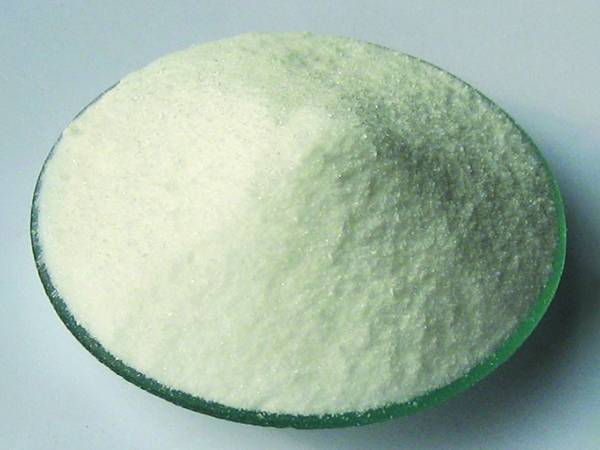



Comparison of Chlorine and Chlorine Dioxide in Water Treatment Applications
Chlorine and Chlorine Dioxide An Overview of Their Uses and Benefits
Chlorine and chlorine dioxide are two chemical compounds commonly used in various applications, predominantly in water treatment, disinfection, and industrial processes. Understanding their properties, uses, and safety measures is essential for anyone involved in fields such as public health, environmental science, and chemical manufacturing.
Chlorine, a greenish-yellow gas at room temperature, is well-known for its strong disinfectant properties. It is widely used in municipal water treatment facilities to kill bacteria, viruses, and other pathogenic microorganisms. When chlorine is added to water, it forms a hypochlorous acid solution, which effectively eliminates harmful contaminants, ensuring that drinking water is safe for public consumption. In addition to water treatment, chlorine is utilized in swimming pools, food processing, and the production of bleach and other household cleaning products.
Despite its effectiveness, the use of chlorine is not without concerns. Chlorine can react with organic matter in water to form disinfection by-products (DBPs), some of which are potentially harmful. Monitoring and regulating chlorine levels in treated water is therefore critical to minimize health risks associated with DBPs. Properly managed, chlorine remains one of the most effective and widely employed water disinfectants worldwide.
chlorine and chlorine dioxide

On the other hand, chlorine dioxide is a pale yellow gas that is notable for its strong oxidizing properties. Unlike chlorine, chlorine dioxide does not form DBPs when reacting with organic matter, which is one of its significant advantages. This characteristic makes chlorine dioxide an increasingly popular choice for water treatment systems seeking to mitigate the formation of harmful by-products. Chlorine dioxide is also effective against a broad spectrum of microorganisms, including bacteria, viruses, and protozoa, making it indispensable in settings such as wastewater treatment, food sanitation, and even in the disinfection of spaces during outbreaks of infectious diseases.
Moreover, chlorine dioxide has unique applications outside of water treatment. It is utilized in the pulp and paper industry for bleaching, in the production of various chemicals, and in sterilizing medical equipment. Its versatility is one of the factors driving ongoing research into its additional applications across multiple sectors, including agriculture and textile manufacturing.
Both chlorine and chlorine dioxide require careful handling due to their reactive nature. Information about safety protocols and exposure limits is crucial for workers in industries that utilize these chemicals. Protective gear, proper ventilation, and appropriate training are standard requirements to ensure safety in workplaces where chlorine and chlorine dioxide are present.
In conclusion, chlorine and chlorine dioxide are critical chemicals in modern society, particularly in the realms of sanitation and industrial processes. Their effectiveness as disinfectants and oxidizers has made them invaluable in maintaining public health and safety. As we continue to innovate and explore their capabilities, it remains imperative to prioritize safety and environmental sustainability in their use.
-
Why Sodium Persulfate Is Everywhere NowNewsJul.07,2025
-
Why Polyacrylamide Is in High DemandNewsJul.07,2025
-
Understanding Paint Chemicals and Their ApplicationsNewsJul.07,2025
-
Smart Use Of Mining ChemicalsNewsJul.07,2025
-
Practical Uses of Potassium MonopersulfateNewsJul.07,2025
-
Agrochemicals In Real FarmingNewsJul.07,2025
-
Sodium Chlorite Hot UsesNewsJul.01,2025










